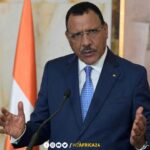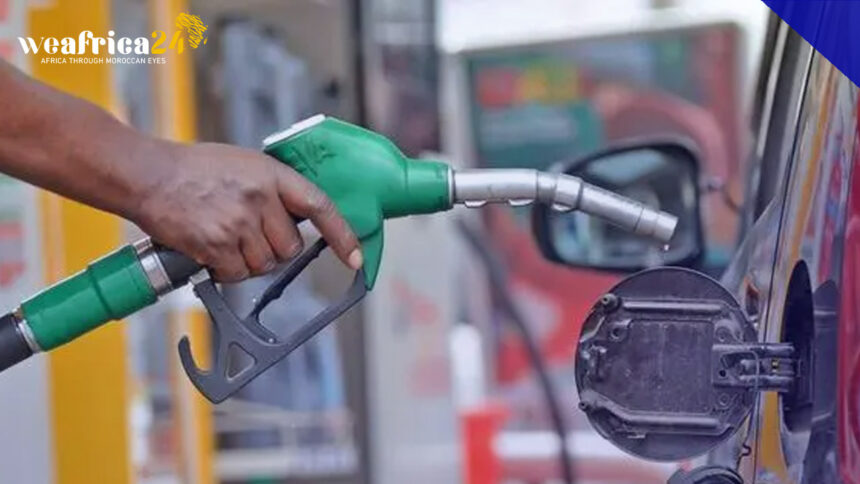Before President Bola Ahmed Tinubu officially removed the fuel subsidy regime in May 2023, it had been in place for over 53 years, beginning in the 1970s and becoming institutionalized following the promulgation of the Price Control Act in 1977.
The act made it illegal to sell petroleum and certain other products above regulated prices, a practice that was considered a “dividend” for Nigerians over the decades. The removal of this subsidy sparked significant public debate.
While the concept of a subsidy is sound, its administration in Nigeria has been marred by mismanagement and corruption, leading to its unsustainability. The World Bank and many Nigerian economists believed that fuel subsidies in Nigeria were a source of waste and leakage, advising against their continuation.
One of the core issues lies in Nigeria’s heavy reliance on expensive imports to meet its gasoline needs, despite being Africa’s largest oil and gas producer. None of the country’s refineries operate at full capacity due to mismanagement, resulting in significant expenditures on imports.
For instance, in the last eight years, the Nigerian government spent N11.4 trillion on fuel subsidy payments. In 2021, Nigeria imported $11.3 billion in refined petroleum, further highlighting the paradox of a country borrowing to pay for refined petroleum while being an oil-rich nation.
Subsidies were intended to lower fuel costs for Nigerians by providing financial support to oil companies, but the direct beneficiaries were often not the intended recipients. Dr. Akinwumi Adesina, President of the African Development Bank, highlighted that the poorest 40 percent of the population consumed only three percent of petrol, emphasizing that subsidies disproportionately favored the wealthy.
Transparency reports from the Nigeria Extractive Industries Transparency Initiative (NEITI) revealed that over N13.697 trillion ($74.386 million) was paid as subsidies to oil marketers from 2005 to 2012, reflecting extensive corruption and misappropriation of funds.
The subsidy payments varied significantly each year, reaching over $10 billion in 2022, accounting for over 24 percent of Nigeria’s total expenditure, while spending on capital projects was significantly lower.
The Nigeria National Petroleum Corporation (NNPC) reported outstanding subsidy payments of N2.8 trillion by the government, with monthly spending of over N400 billion on subsidizing petrol prices. The subsidy payments from 2005 to 2021 equaled the budgets for defense, education, agriculture, and health over the last five years, underscoring the magnitude of the issue.







